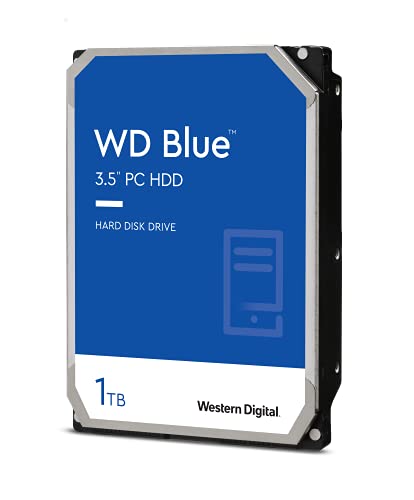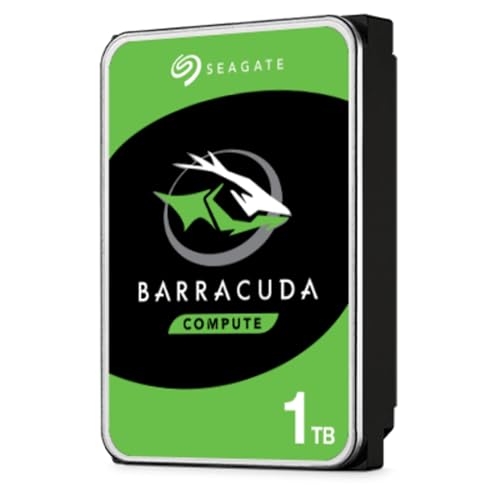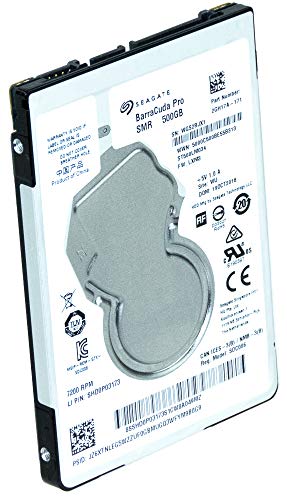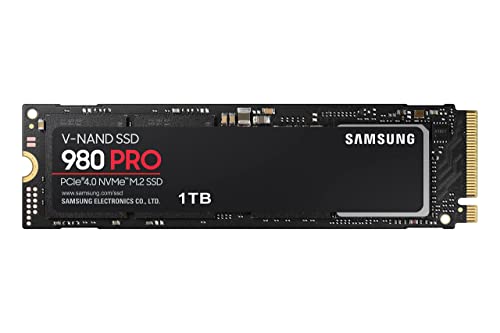**Introduction**
RAID arrays are a powerful solution for balancing speed, capacity, and data redundancy in high performance PC builds. Whether for gaming, professional work, or heavy data management, configuring RAID properly can significantly enhance your storage performance.
**Core Concepts and Setup**
Begin by understanding the different RAID levels and their trade‑offs. RAID 0 boosts speed through striping, while RAID 1 offers mirror redundancy to protect key files. More advanced configurations such as RAID 5 and RAID 10 deliver a balance between performance improvements and data protection. Establishing a RAID array requires a compatible motherboard, proper SATA or NVMe connections, and careful planning of your drive setup.
**Best Practices and Maintenance**
For optimal results, choose drives with identical specifications, and ensure regular backups even when using redundant arrays. Monitoring tools and periodic performance benchmarks help validate the setup’s efficiency over time. Keep your RAID firmware and drivers up to date to ensure system stability and compatibility with new technologies.
**Conclusion**
Configuring RAID arrays can lead to significant improvements in both speed and data security. With careful planning and regular maintenance, you can create a storage solution that scales with your high performance PC needs.
**SEO Keywords:** RAID, RAID configuration, storage arrays, SSD RAID, HDD RAID, RAID optimization, data redundancy, RAID levels, high performance storage, PC storage
View our related products
See more



Configuring RAID Arrays for Optimal Storage Performance
Related Articles
Essential High-Performance PC Components You Need Now
Upgrade your setup with the must-have parts for unbeatable gaming and productivity
Top Picks for Best High-Performance PCs
Find the perfect power machine for gaming, work, or creative projects
Your Guide to the Best High-Performance PCs
Find the Right PC for Your Gaming and Creative Needs
View our related products
See more





